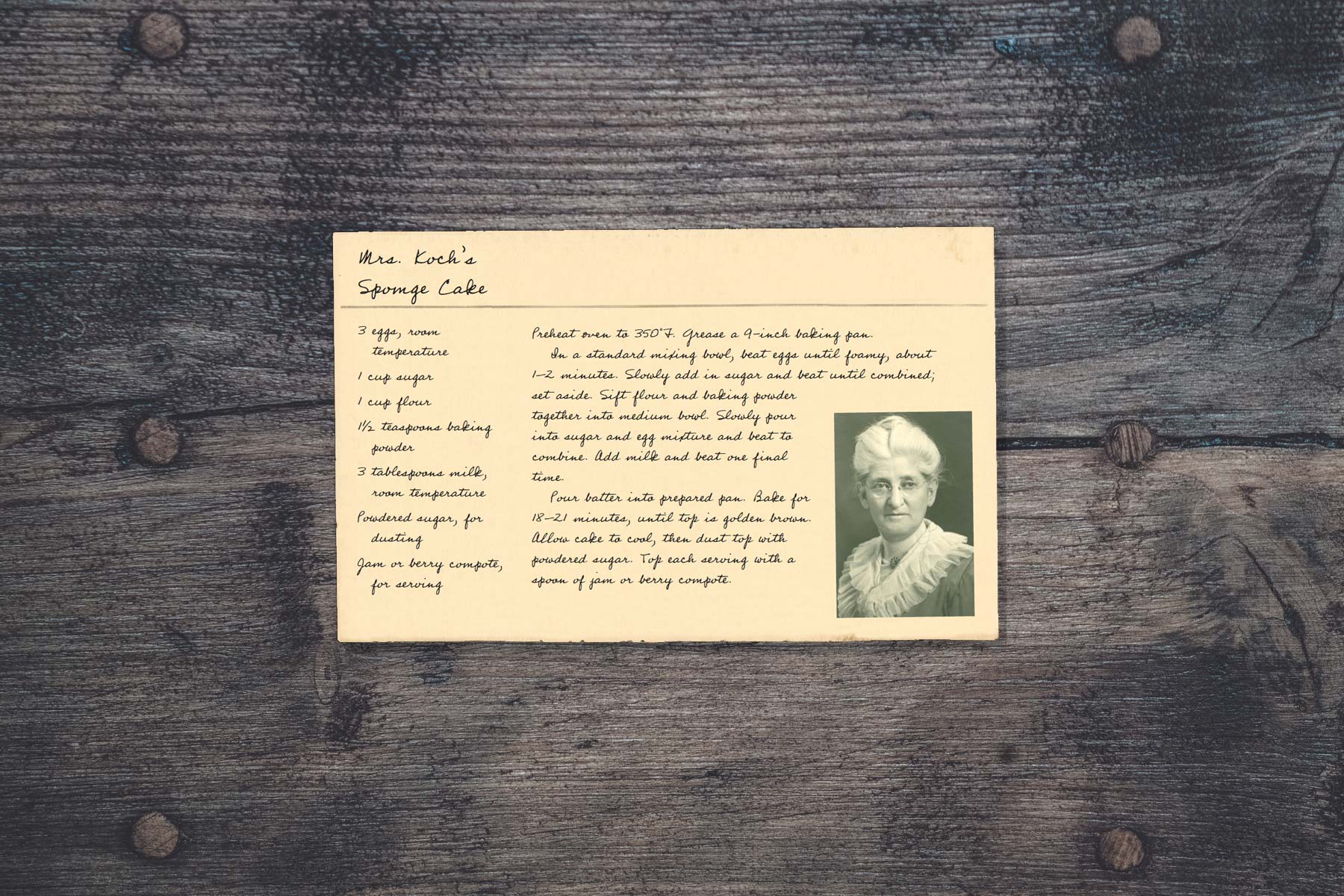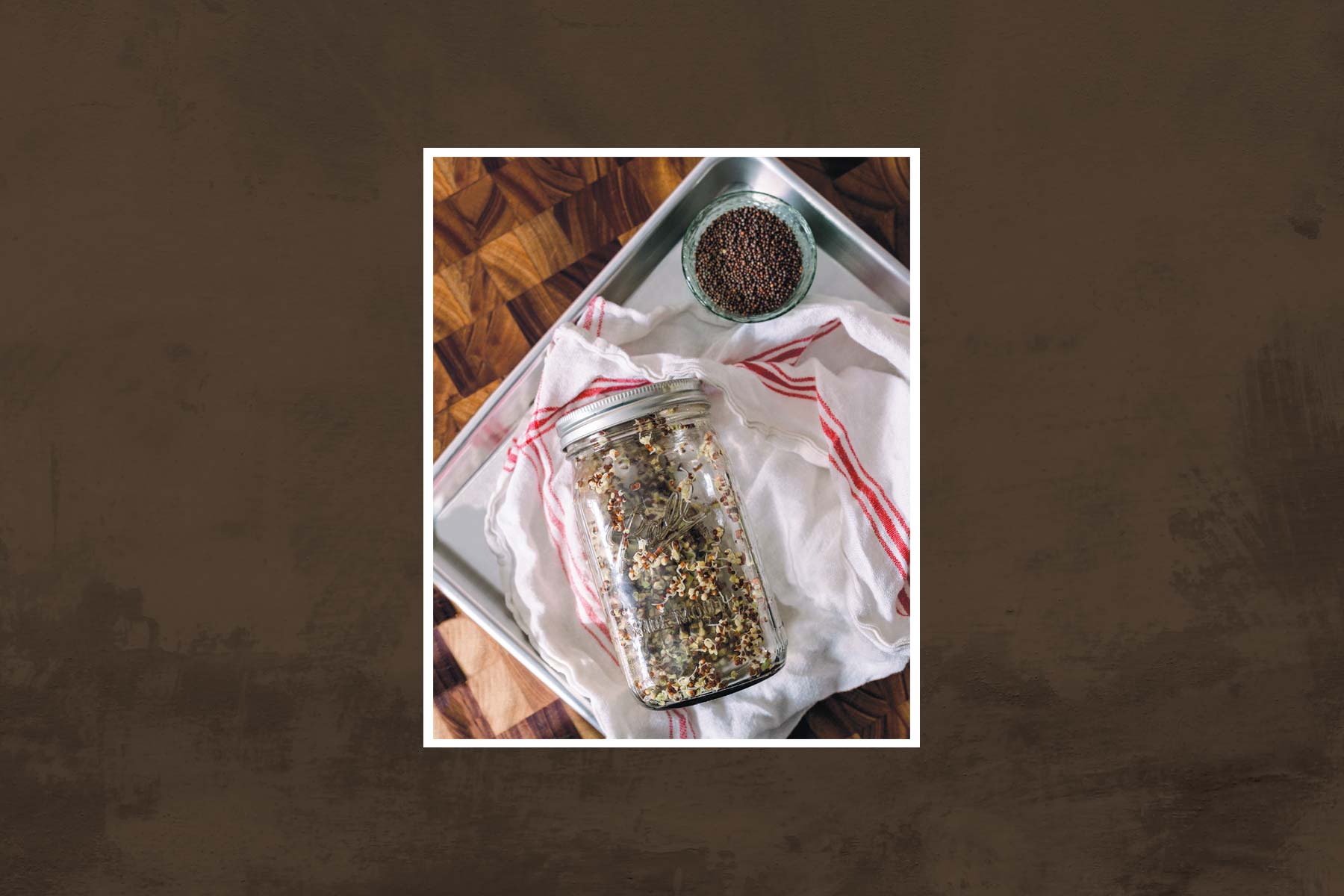At Little Star Diner, we didn’t start making polenta until we had whole dried corn kernels around for tamales. We were getting dried corn from Alvin Hoff at Sand Creek Farm in Glendive. We would boil 2 quarts of corn for 10 minutes in 4 quarts of water, add ¼ cup pickling lime, and let it sit overnight on the counter. The next day it would be ready to rinse and grind.
At some point, one of the cooks had the idea of using this nixtamalized corn to make polenta cakes that could be fried to order. Nixtamalization is a traditional process originally using wood ash that renders the niacin in corn bioavailable, making it a more nutritious grain. It was a success right away but when we used it as a base for huevos rancheros, with either braised pork or mushrooms cooked with adobo sauce and pinto beans, it really took off.
It’s something that home cooks can easily prepare but is likely unfamiliar to many. Luckily, it doesn’t require any hard-to-find ingredients or equipment. Locally, you can sometimes buy dried corn to nixtamalize at El Mercadito in Four Corners or you can buy it online at masienda.com. It is gluten free and provides a great base for eggs, grilled vegetables, and braised meats. We use a deep fryer for the final step at the restaurant but at home a shallow pan fry works great.
Makes one 9- by 13-inch baking dish; 6 servings
10 cups water, divided
2 cups dried corn kernels (available at El Mercadito or masienda.com)
1 tablespoon pickling lime (available at Ace Hardware)
1 tablespoon fine sea salt
Bring 4 cups of water to a boil, add the corn, bring the water back to a boil, and set a 10-minute timer. At 10 minutes, remove from the heat and stir in the pickling lime. The corn will turn a shade darker orange. Let it soak overnight on the counter.
The next day, transfer the corn to a colander in the sink and rinse all the pickling lime off the corn. Next, blend the corn and 4 cups water on high speed in a blender until creamy and smooth, about 2 minutes. Transfer to a medium stockpot, then add the remaining 2 cups water and the salt.
Heat the polenta on high, whisking constantly until the mixture comes to a boil and then turn it down to low heat, leaving it uncovered so that moisture can escape. After at least an hour of cooking, it should have thickened to the consistency of muffin batter, still pourable but only barely. Pour the polenta out into a 9- by 13-inch baking dish and use a spatula to smooth out the top.
Let it cool on the counter until it stops steaming and then transfer it to the fridge to firm up. Once it is fully cold you can cut it into any shape you want; we stick with triangles to eliminate waste, but circles are nice and the trim can be reheated in a covered pot as creamy polenta for another use.
Whenever you want crispy polenta just pan fry it in a ½ inch of neutral-flavored oil on high heat until each side is beautifully browned and crispy. Top with fried eggs, pinto beans, braised pork, and adobo sauce for huevos rancheros—salsas, sour cream, and cilantro finish off the dish. Polenta will keep in the fridge for up to five days, but unfortunately cannot be frozen without destroying the texture.




